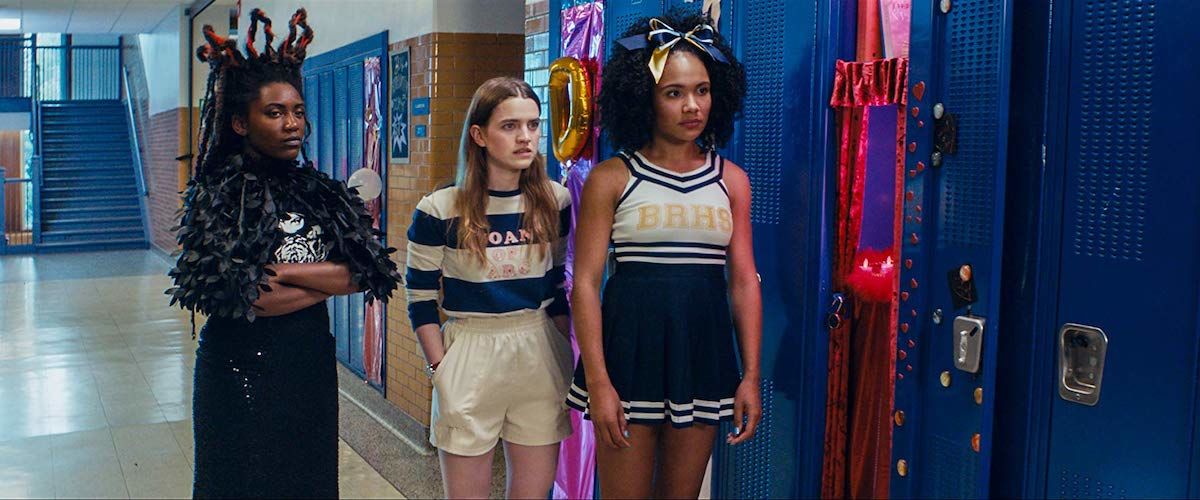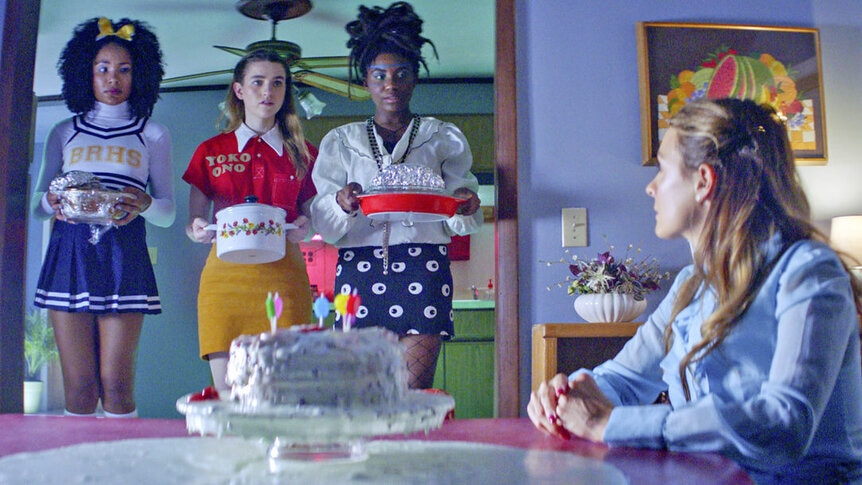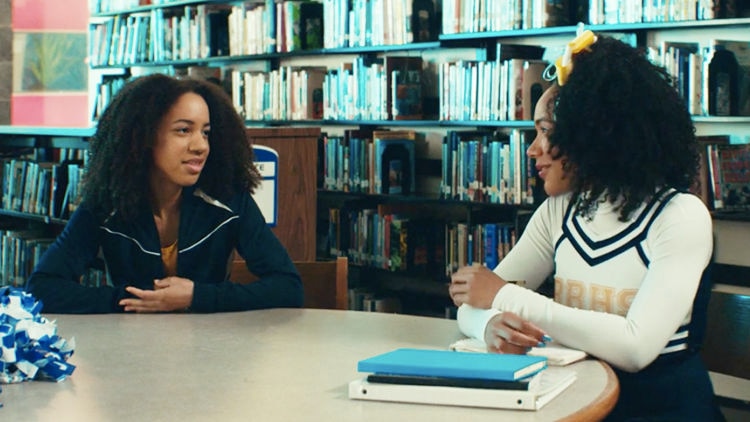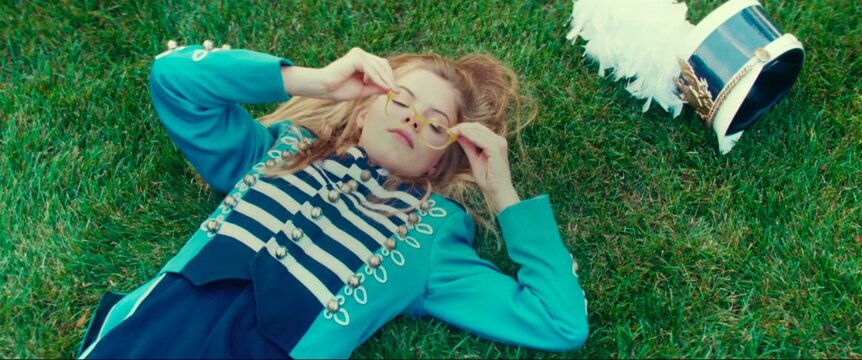Create a free profile to get unlimited access to exclusive videos, sweepstakes, and more!
Knives and Skin and its nuanced take on the dead girl trope

"Dead Girl stories are ultimately about uncovering female darkness and revealing male innocence," Alice Bolin said in a 2018 interview with Bitch magazine. Her book Dead Girls: Essays on Surviving an American Obsession is viewed by many as the final word on a trope that has defined much of how our entertainment media views victims of violent crime. The book is a must-read for many culture critics and brings up endless salient points on why this trope has deeper societal effects than one might think at surface level. The quote easily applies to stories like Twin Peaks and True Detective, among many others.
Criticism of the "beautiful dead girl" trope tends to cite that it goes back about as far as Twin Peaks, but that is nowhere near the origin point. This is something that has been appearing in folklore, in classical painting, and in film well beyond the last 28 years. In 2019's Knives and Skin, however, we see a different kind of story. While the plot is indeed centered around a young woman who dies mysteriously, there is a gentle humanization behind the story that never treats her loss as anything but tragic. It's not necessarily a subversion so much as a humanistic take that throws societal assumptions out the window and adds layers to a tired trope.
Knives and Skin, written and directed by Jennifer Reeder, takes place in an unnamed small town that most residents dream of escaping. A young girl named Carolyn, the daughter of a high school choir teacher, goes missing. The town comes together to search for her, but they find nothing. As the film moves along, we see the community struggle with their own lives while the search for Carolyn continues. Specifically, her mother, reeling from the loss of her child, makes everyone nervous and uncomfortable. They don't know how to deal with her grief, and neither does she. Her love for her daughter clouds everything. A part of her is destroyed by Carolyn's absence. Her pain is never trivialized, and it emanates from her every moment onscreen.
There are countless reasons to praise Knives and Skin that have nothing to do with its central plot and everything to do with the general tone of the movie. The complicated cast of characters who struggle with their darker natures while attempting to reach out and make genuine contact with one another is heart-wrenching across the board. Moments of triumph abound, be it from the girl who stands up to the inappropriate sexual advances of her teacher to the popular cheerleader finding love and acceptance in her own queerness. A cappella renditions of popular '80s songs from the cast are not at all necessary to the plot, but they are crucial to the tone of the film. In their every appearance, they show the healing potential of music. The songs disarm people who are suffering and grant moments of serenity at the center of a troubling plot.
Characters are allowed to be shown as problematic and exist without moralistic overtones. People make mistakes. They can't communicate. They say the wrong things. They do bad things and they do good things. They fail. They find joy even amidst horror and suffering. They reach out to each other in flawed, clumsy ways and, more often than not, find nothing to hold onto. Carolyn is not a secret seductress, as we see so often in "dead girl" media, but just an average teen girl who would have gone on to live her own life of nuance. She does not have to be anything else for her death to be devastating.
In response to Bolin's book, many articles popped up about the "subversion" of the "dead girl" trope. It's hard to say if it's truly possible to subvert it without a complete reimagining of how we, as a society, view victims. Even when every effort is made to humanize and sympathize with the dead girl, she remains something unknown and distant by her very nature. Delving into her "sinister secrets" does no favors for her, and the focus on "beautiful, white teenagers" in suburban communities with something to hide continues to reinforce our social dismissal of women that our society deems less innocent, less valuable, and, as so often goes implied by news outlets and police departments, intrinsically less worthy of life. Subverting that is difficult, if not impossible, because the message it sends is so problematic. Even merely via the act of humanizing the people at its center while refusing to simplify the grief caused by lost or missing children, the "dead girl" trope inherently becomes something else.
Here there is no dark secret to uncover. The girl at the center of Knives and Skin is not sexualized, nor is she dragged for secrets on a cold metal table by a group of dispassionate men. Her corpse is not beautiful. Her cause of death is never totally clear, but it appears to be a complete accident. Her community reels from her loss, because even those who did not know her are profoundly moved by the knowledge that they failed her. The film shines a light on these personal failures, these regrets, these subtle kindnesses and cruelties that make up a life, and it asks us not to look away. By showing us a complex picture of a community suffering loss and by refusing to grant us a simplified take on human suffering by appointing a singular hero or villain, Knives and Skin gives us a much more nuanced take on a trope that has historically treated women as disposable.





























